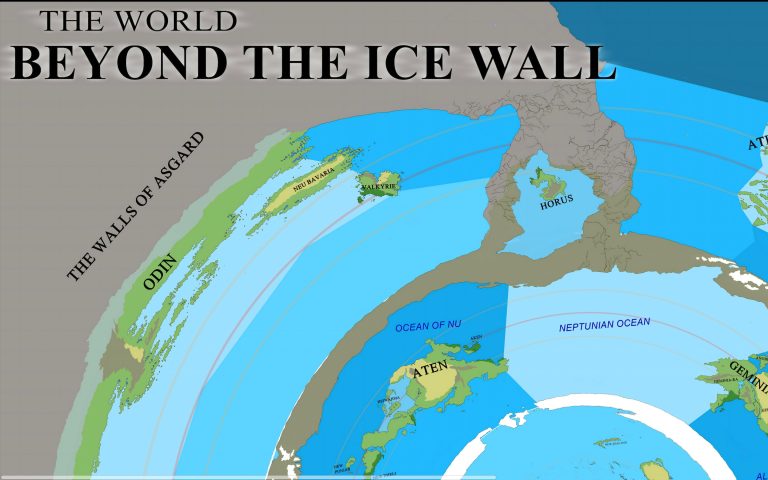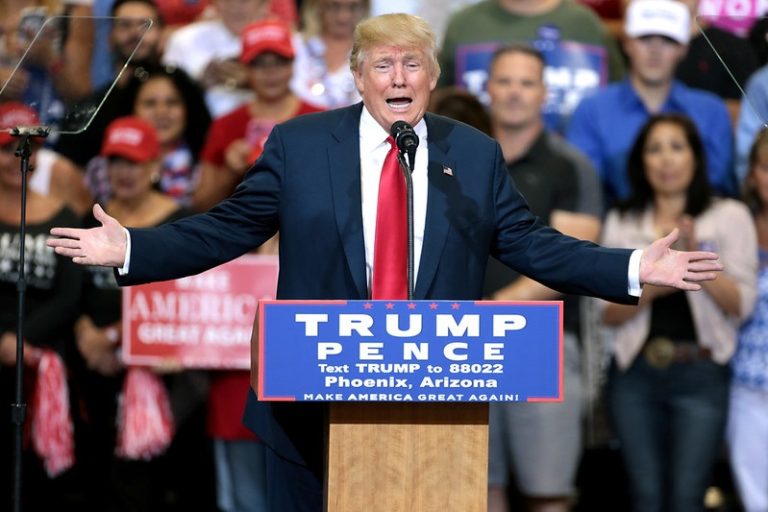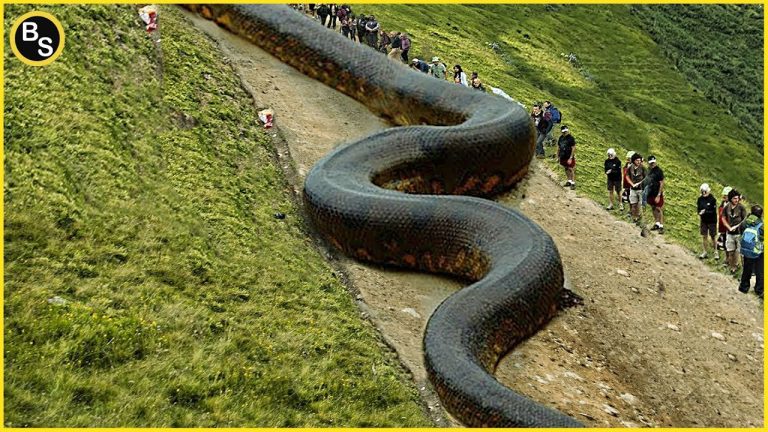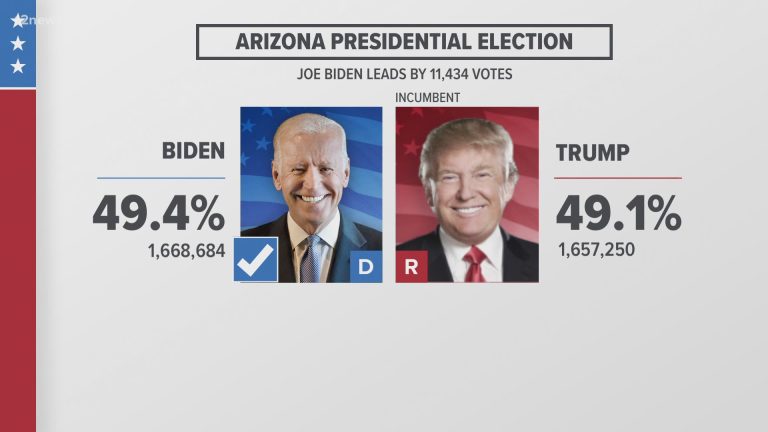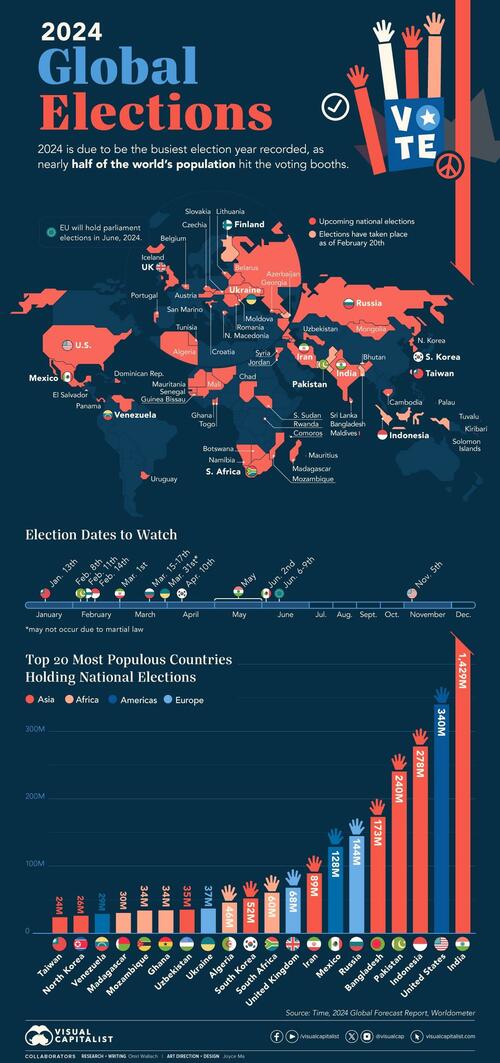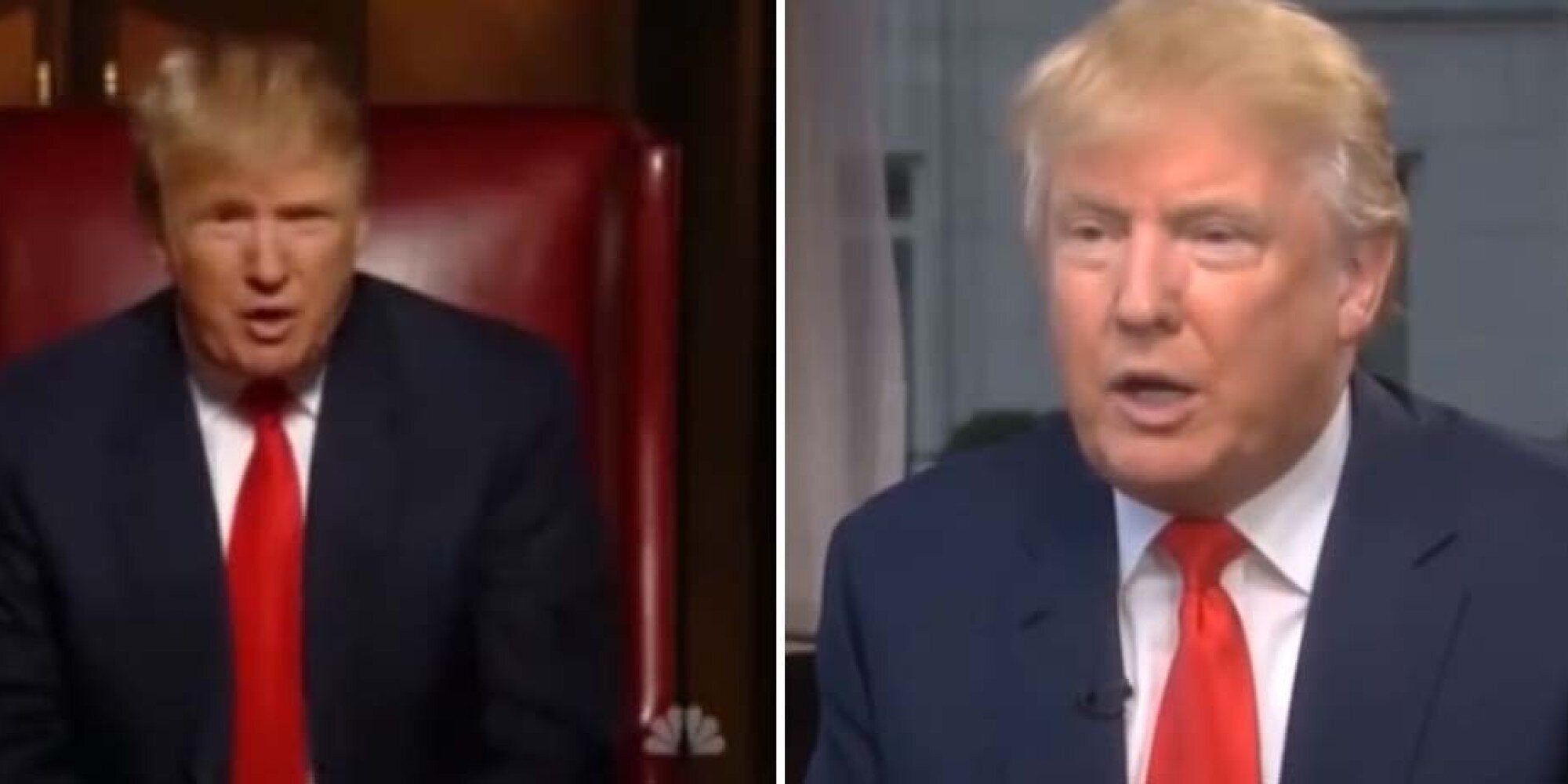

From Apprentice to President: The Making of a Trump Legacy
Donald Trump’s journey from real estate tycoon to the 45th President of the United States is a narrative as captivating as it is controversial. This isn’t a simple recounting of dates and events; it’s a deep dive into the paradoxical forces that shaped his ascent and the enduring, if multifaceted, legacy he leaves behind.
The Apprentice Years: Cultivating the Brand
Before the political arena, Trump was a master of self-promotion. “The Apprentice,” his reality TV show, wasn’t just a program; it was a meticulously crafted extension of his personal brand. He projected an image of ruthless ambition, unwavering confidence, and a seemingly innate ability to command attention. This carefully curated persona, amplified by the show’s massive reach, laid the groundwork for his political ambitions. He wasn’t just selling a product; he was selling himself, and the American public, increasingly drawn to unconventional figures, was buying.
The Political Earthquake: A Populist Uprising
Trump’s presidential campaign was unprecedented. He bypassed traditional political structures, leveraging social media and eschewing political correctness in a way that resonated with a segment of the electorate feeling ignored and disenfranchised. His populist rhetoric, focused on issues like immigration, trade, and economic inequality, tapped into deep-seated anxieties and tapped into a yearning for radical change. This unconventional approach, while controversial, proved remarkably effective in securing the nomination and ultimately, the presidency.
The Presidency: A Disruption in Washington
The Trump presidency was defined by its disruptive nature. His policies, ranging from tax cuts to deregulation, aimed at shaking up the established political and economic order. He challenged traditional foreign policy norms, forging new relationships while simultaneously disrupting long-standing alliances. His confrontational style, often characterized by direct attacks on opponents and the media, fueled both ardent support and fierce opposition.
| Policy Area | Key Action | Impact |
|---|---|---|
| Tax Reform | Tax Cuts and Jobs Act of 2017 | Significant corporate tax reduction |
| Immigration | Border wall construction, travel bans | Increased polarization, legal challenges |
| Trade | Trade disputes with China, renegotiation of NAFTA | Shifting global trade dynamics |
The Legacy: A Complex Tapestry
Assessing Trump’s legacy is a complex task. His supporters point to economic growth under his administration and his appointment of conservative judges. Critics highlight his divisive rhetoric, his challenges to democratic norms, and the lasting impact of his policies on social and political divisions. His presidency undeniably reshaped the Republican Party and the political landscape, leaving an enduring mark on American society. His legacy is not simply a matter of policy achievements or failures; it’s a reflection of the cultural and political shifts that propelled him to power and the enduring consequences of his time in office. Whether viewed as a transformative figure or a divisive force, his impact on American politics and culture is undeniable, and its full ramifications will continue to unfold for years to come.
Beyond the Headlines: Analyzing the Enduring Influence
The “Trump effect” extends beyond specific policy initiatives. His unconventional communication style, his direct engagement with voters through social media, and his willingness to challenge established norms have profoundly impacted the political discourse. Future campaigns will undoubtedly analyze his success and adapt his methods, leading to a potentially enduring shift in political strategy and communication. The long-term consequences of his influence on political polarization and the erosion of trust in institutions remain a significant area of ongoing debate and analysis. His impact is woven into the fabric of modern American politics, a complex and multifaceted legacy that will continue to shape the future.

Additional Information
From Apprentice to President: A Deeper Dive into the Making of a Trump Legacy
While a surface-level understanding of Donald Trump’s presidency might focus on his personality and rhetoric, a deeper analysis of “The Making of a Trump Legacy” necessitates examining the complex interplay of factors that shaped his rise and the enduring impact of his administration. This necessitates going beyond the narrative of a reality TV star turned president, and delving into the sociological, economic, and political currents that propelled him to power and continue to shape the American landscape.
1. The Populist Backlash and Economic Anxiety: Trump’s victory wasn’t solely a rejection of Hillary Clinton; it was a symptom of deeper societal anxieties. Decades of stagnant wages for the working class, coupled with globalization’s perceived negative impacts on manufacturing jobs, created fertile ground for populist rhetoric. Trump skillfully tapped into this discontent, promising to “Make America Great Again” through protectionist trade policies and a focus on domestic manufacturing. While statistics on job creation during his term are complex and debated, the perception of economic insecurity played a crucial role in his electoral success. For example, counties with significant job losses in the manufacturing sector disproportionately voted for Trump, illustrating the correlation between economic anxiety and his appeal.
2. The Role of Media and Social Media: Trump’s mastery of media, particularly social media, is a significant factor in understanding his legacy. He bypassed traditional gatekeepers, communicating directly with his base through Twitter (now X) and other platforms. This allowed him to control the narrative, circumvent critical media scrutiny, and cultivate a loyal following. Analysis of his social media engagement – the sheer volume of tweets, retweets, and the resulting online conversations – reveals a sophisticated, if unconventional, communication strategy. The impact of “fake news” and misinformation amplified through social media channels deserves further investigation in understanding the polarization and political division of his presidency.
3. The Erosion of Democratic Norms and Institutions: Trump’s presidency witnessed a significant erosion of established democratic norms. His attacks on the judiciary, the free press, and independent institutions were unprecedented. The frequency and nature of his criticisms, coupled with his attempts to influence investigations (e.g., the Mueller investigation), raise concerns about the long-term health of democratic governance. Scholarly articles examining the decline in public trust in institutions and the rise of political polarization during his term can provide valuable quantitative and qualitative data supporting this assessment.
4. Foreign Policy Disruptions and Global Implications: Trump’s foreign policy approach, characterized by unilateralism and a questioning of traditional alliances, disrupted established global norms. His withdrawal from the Trans-Pacific Partnership (TPP) and the Paris Agreement, along with his confrontational stance towards China and Iran, significantly altered the international landscape. Analyzing the economic and geopolitical consequences of these decisions – through case studies of specific trade agreements or international relations shifts – offers crucial insight into the global impact of his presidency. The shift in power dynamics within international organizations and the subsequent responses from other world leaders could be used as a key illustrative example.
5. The Enduring Impact and Future Implications: The long-term effects of the Trump presidency remain to be fully understood. The shift in the Republican Party, the ongoing debate over election integrity, and the lingering polarization within American society are all areas requiring in-depth analysis. Examining the electoral outcomes of subsequent elections, the legislative actions taken in response to Trump’s policies, and the ongoing legal challenges related to his administration would allow for a more comprehensive understanding of the enduring legacy and its potential future trajectories.
In conclusion, a thorough analysis of “The Making of a Trump Legacy” necessitates moving beyond surface-level narratives. A deeper exploration of economic anxieties, media manipulation, the erosion of democratic norms, foreign policy disruptions, and long-term implications is crucial for a comprehensive understanding of this pivotal period in American history. Employing quantitative data, qualitative analysis of speeches and policies, and case studies can provide a richer, more nuanced perspective on this complex and multifaceted phenomenon.

